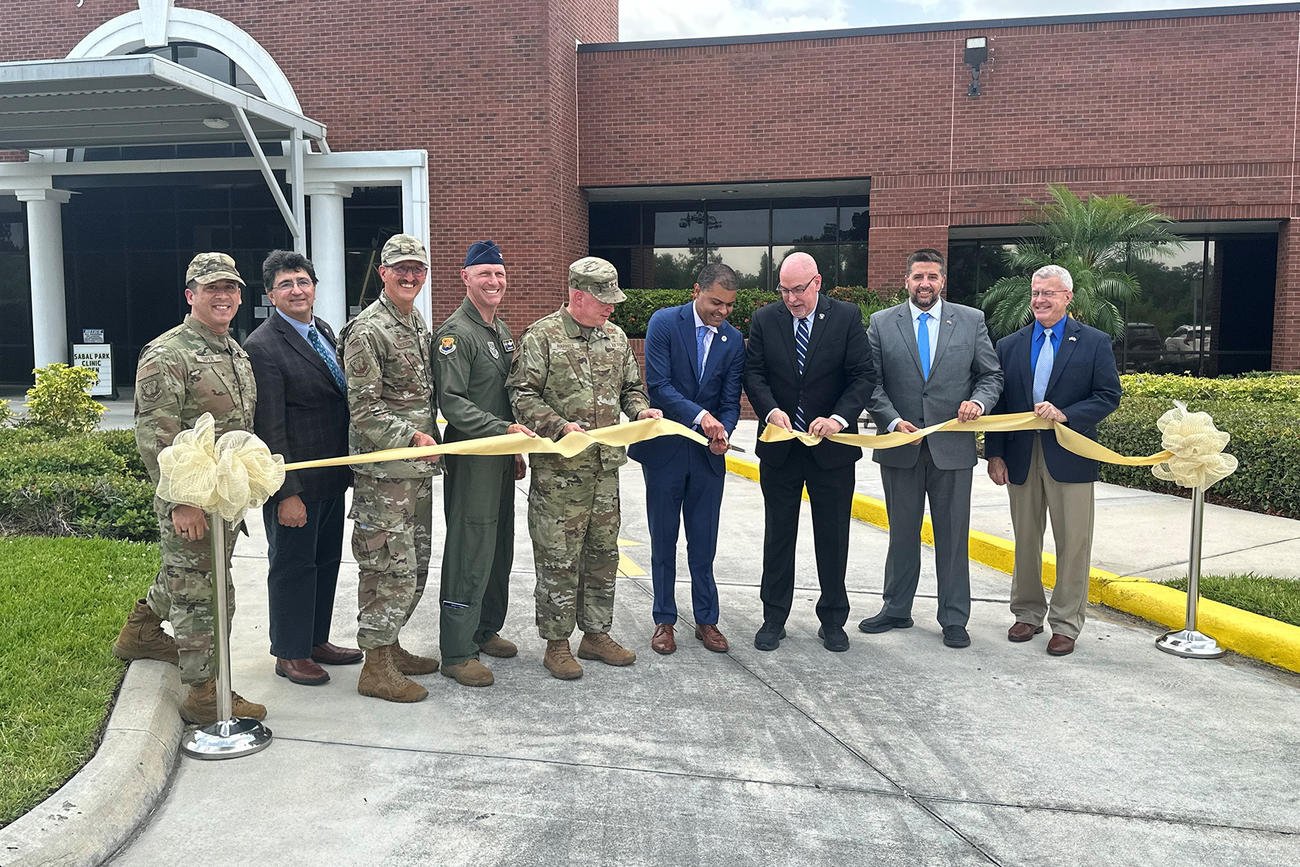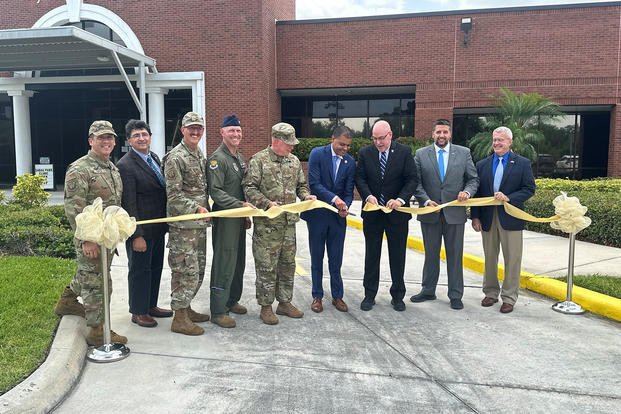

The Department of Veterans Affairs and Pentagon will work more closely to ensure that veterans have an easier time accessing health care and benefits as they leave the U.S. military, the departments’ secretaries announced Wednesday.
VA Secretary Doug Collins and Defense Secretary Pete Hegseth signed a memorandum last week pledging that their departments will collaborate on care for veterans and enroll troops in VA care before they leave the service. They also plan to improve support for service members diagnosed with mental health conditions as they transition to civilian life.
The two men released a video Wednesday saying the cooperation is a priority to ensure that service members and veterans get the benefits they have earned.
Read Next: Pentagon Diverts $1 Billion from Army Barracks to Fund Border Mission
“We believe that Americans who raise their right hand and serve deserve a Department of Defense and VA that work in tandem looking out for their best needs,” Collins said.
“It’s a shame that for far too many years that pipeline, there’s been a disconnect,” Hegseth said.
Roughly 200,000 service members leave the armed forces each year. And while they are required to take transition assistance classes beginning at least a year before they plan to leave the military, many don’t, receiving waivers from their commanding officers, according to the Government Accountability Office.
The two-day programs provide information on career development, VA benefits, education and other support services. But veterans advocates say that allowing service members to opt out of the courses or rush through the curriculum is a disservice to veterans.
During a hearing in March, veterans service organizations said that, without attending the Transition Assistance Program in a timely manner, veterans may not apply for benefits or prepare adequately for their transition.
“Systemic delays must be remedied to ensure service members thrive rather than struggle in life post military service. Veterans who experience a turbulent transition will surely influence how friends, family and siblings view service in the military,” Andrew Petrie, senior policy associate at the American Legion, said in a statement to the House Veterans Affairs subcommittee on economic opportunity.
The departments have increased transition support in the past several years, creating a transition program for service members with mental health issues to provide referrals and coaching, and making phone calls to new veterans.
But those programs required active participation by the service members — enrolling in VA health services or requesting assistance from providers with knowledge of the programs.
In their memo signed May 23, Hegseth and Collins pledged that the two departments would “optimize shared use of health care resources, facilities and workforce.”
The departments already operate a joint medical facility, the James Lovell Federal Health Care Center in North Chicago Illinois, and have agreements at roughly a dozen Defense Department clinics to allow VA medical professionals to see veterans in those facilities. But the new memo pledges to increase joint planning and shared expertise and infrastructure even more, although it does not include specific steps the departments plan to take.
According to the agreement, the VA and DoD also are working on a plan that would allow service members to enroll in VA health care before their end of service date.
And they pledged to improve continuity of care for service members with mental health conditions — for example, communication between providers and pre-scheduled appointments.
“Providing continuity of care is more than just policy; it will help save lives,” they wrote.
“This is only the beginning. From the unified electronic health record and a Joint Separation Health Assessment to strengthen suicide prevention initiatives, our departments will continue breaking down barriers to better serve those who serve,” they wrote.
Related: A Decade After Scandal, VA Health Care May Be at Another Crossroads
